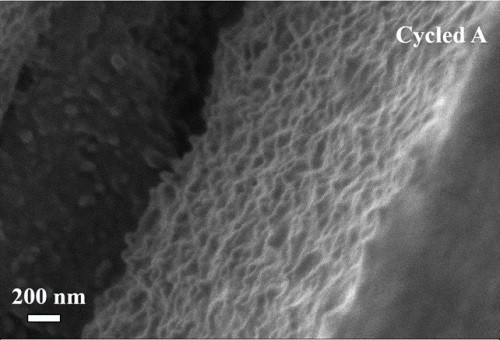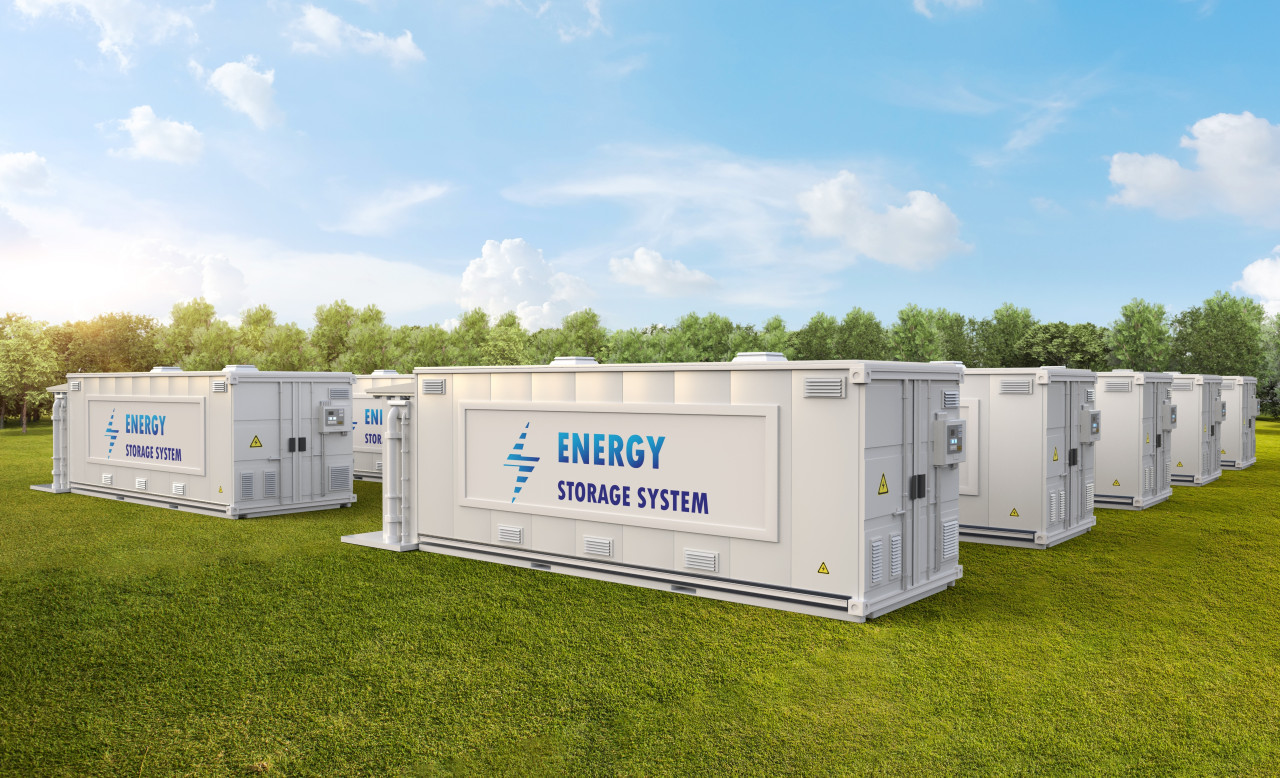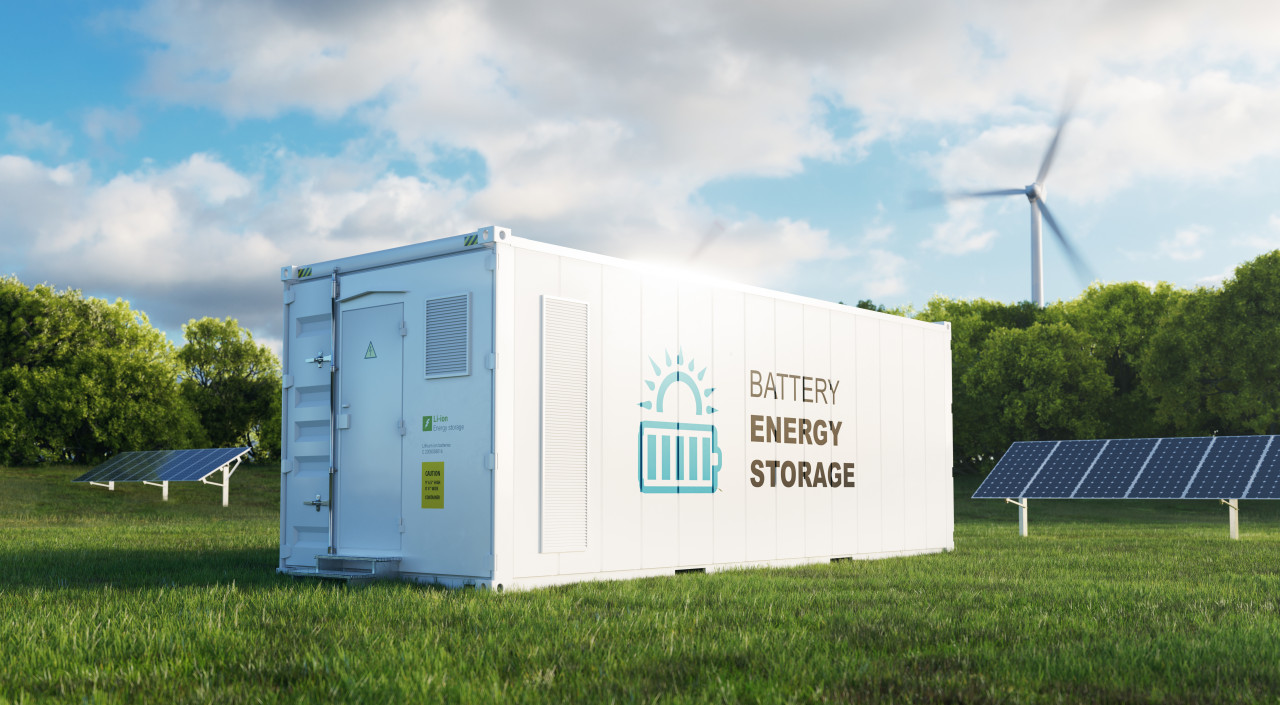Univ. of Eastern Finland researchers innovate self-standing mesoporous Si film anode for LiBs
Battery researchers at the University of Eastern Finland have developed self-standing mesoporous silicon (Si) film anode for lithium-ion batteries. This film electrode does not need carbon additives and binders to connect particles as do typical slurry-based electrodes, but it still exhibits excellent battery performance. A paper on the work is published in an open-access paper in the Journal of Power Sources.
Silicon is a promising anode material for next-generation lithium-ion batteries due to its high theoretical specific capacity and safe electrochemical potential. However, Si anodes suffer from large volume expansion and contraction during cycling that causes electrical contact loss between silicon and other battery components, eventually leading to battery failure.
Using the electrochemical etching method, researchers at the University of Eastern Finland developed a self-standing mesoporous Si film anode for lithium-ion batteries. The idea is that the pores of mesoporous silicon can accommodate the volume expansion during cycling, thus leading to stable battery cycling.
Detailed pore analysis and electrochemical characterization of the Si films were performed to study their correlation. Correlation analysis showed that both reversible specific capacity and initial Coulombic efficiency (ICE) have a strong negative correlation with the porosity and surface area, while the cycling performance is dictated by the film thickness over the pore characteristics.
The only positive correlation was found between the long-term cycling stability and the pore diameter. The best Si film anode delivers an ICE of 81.2 percent and stable cycling for more than 450 cycles with a limited specific capacity of 1200 mAh g−1 in half cells.
The study indicates the direction of the porous silicon material for high-performance lithium-ion batteries. The research was funded by the Academy of Finland (project number 325495).





















